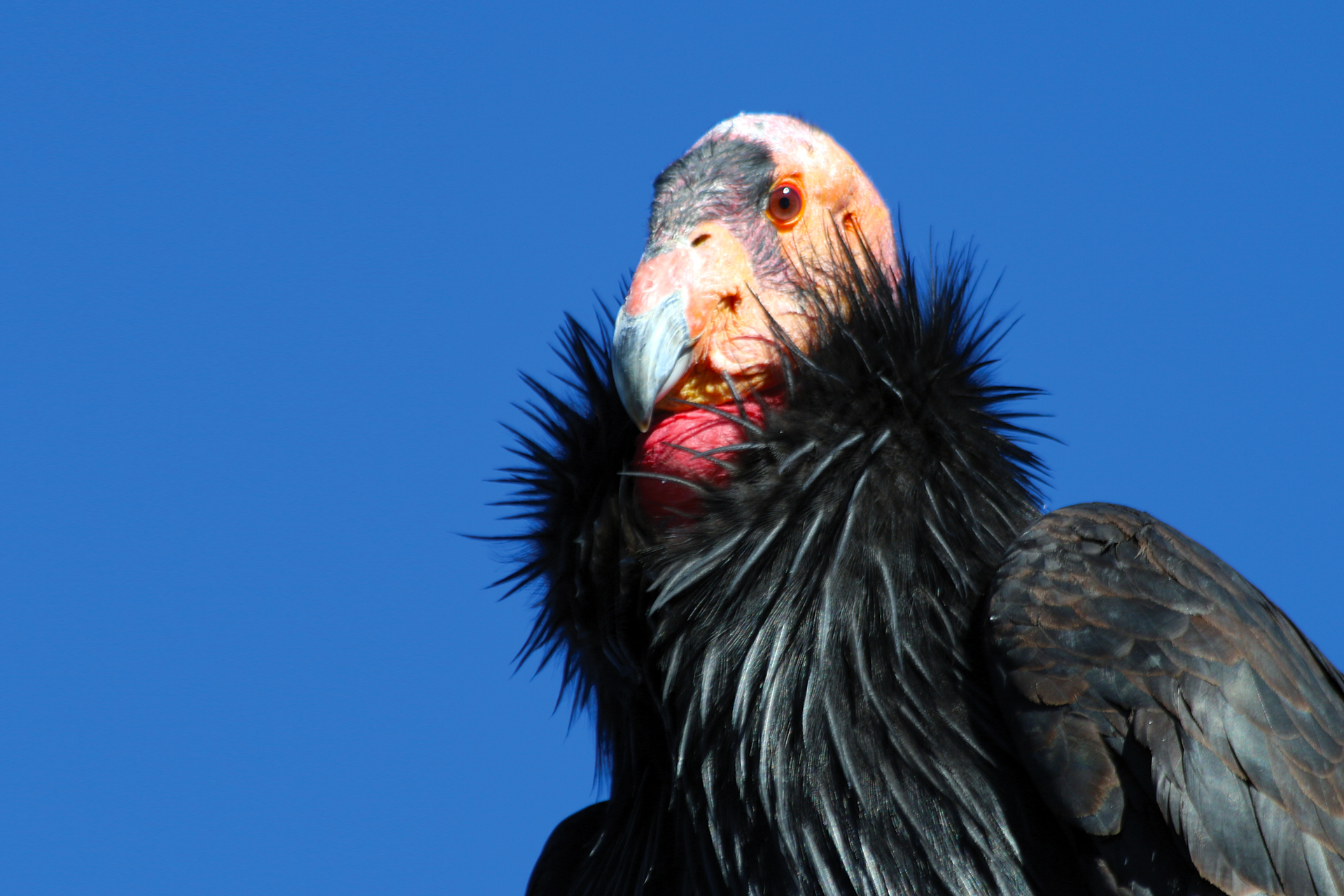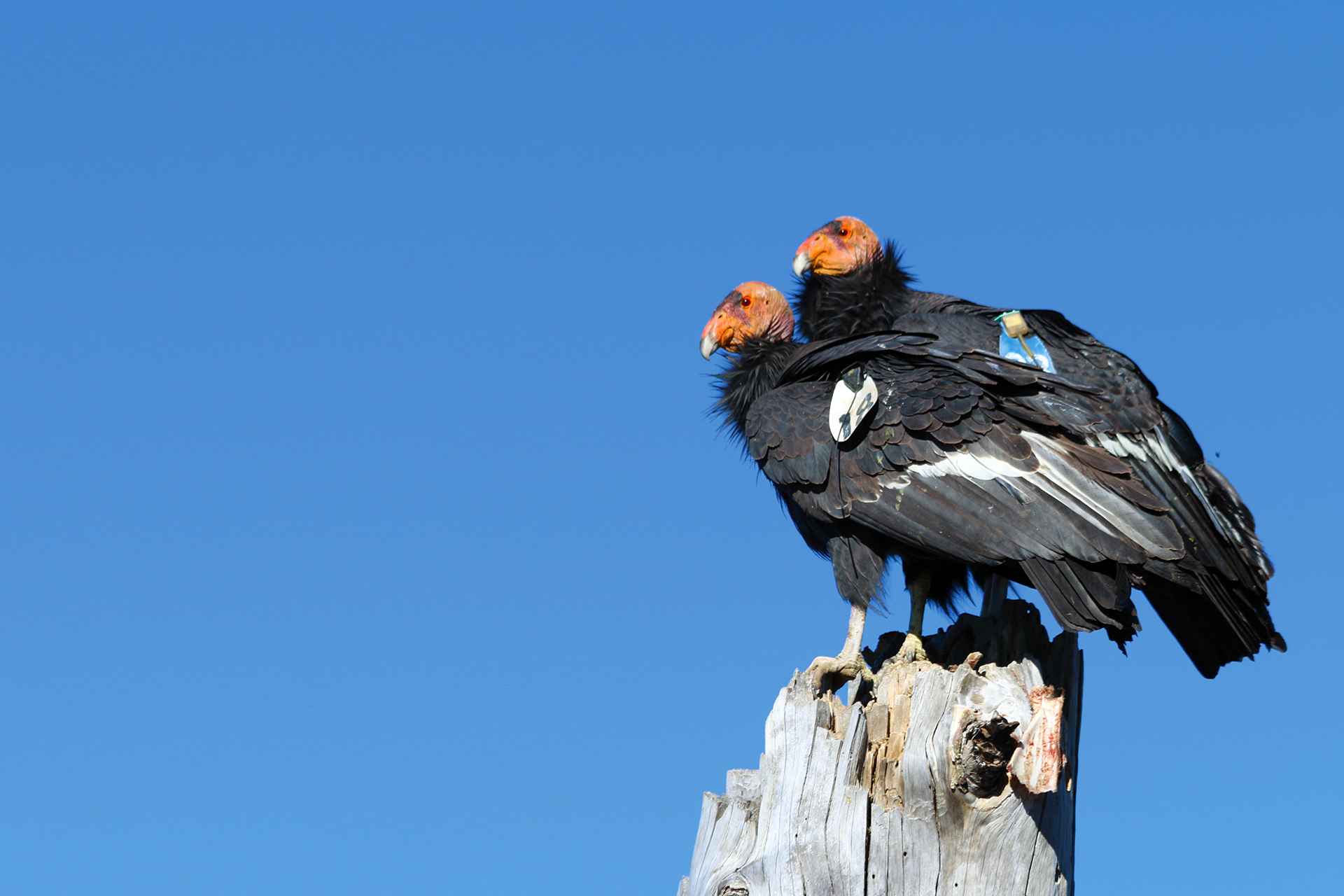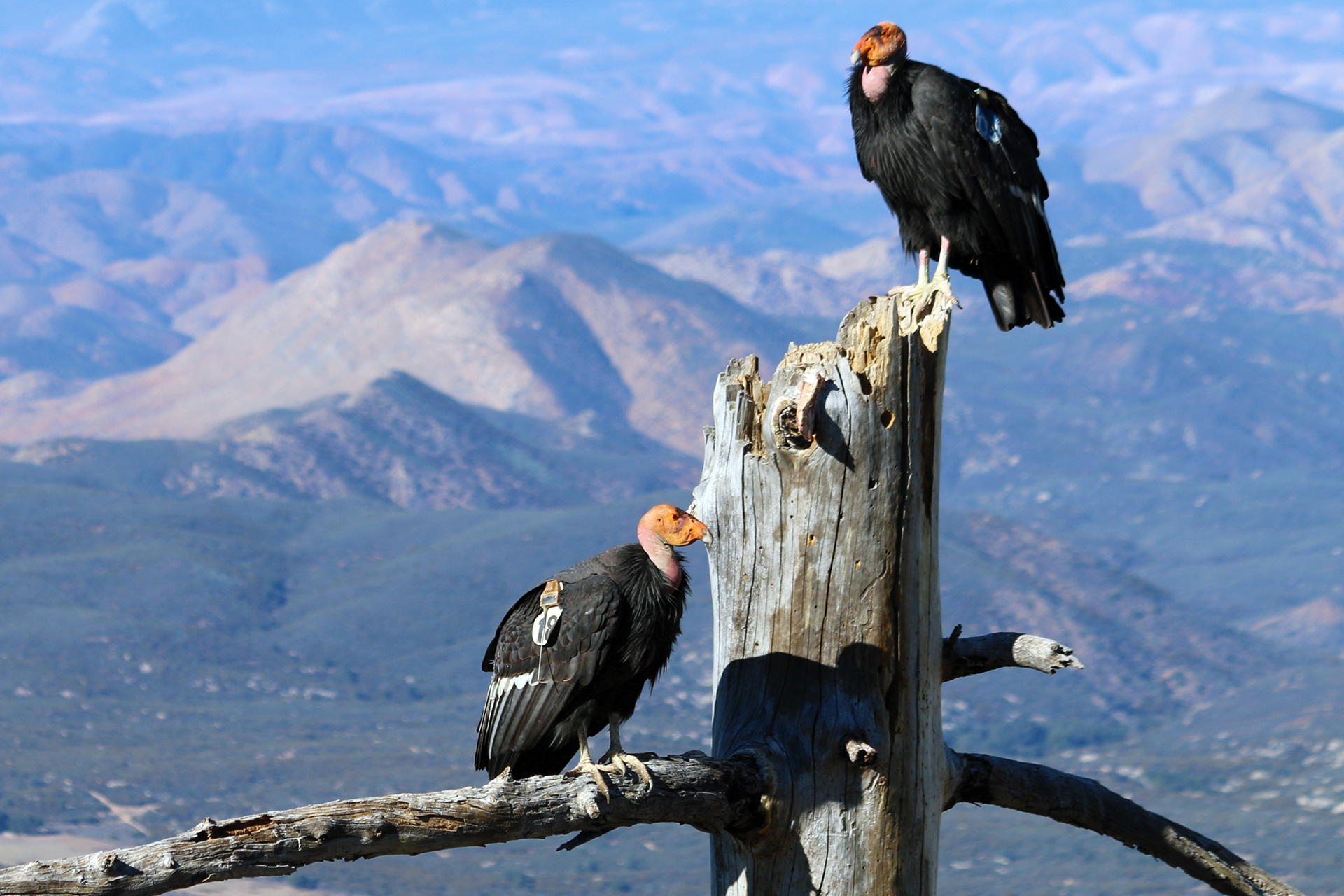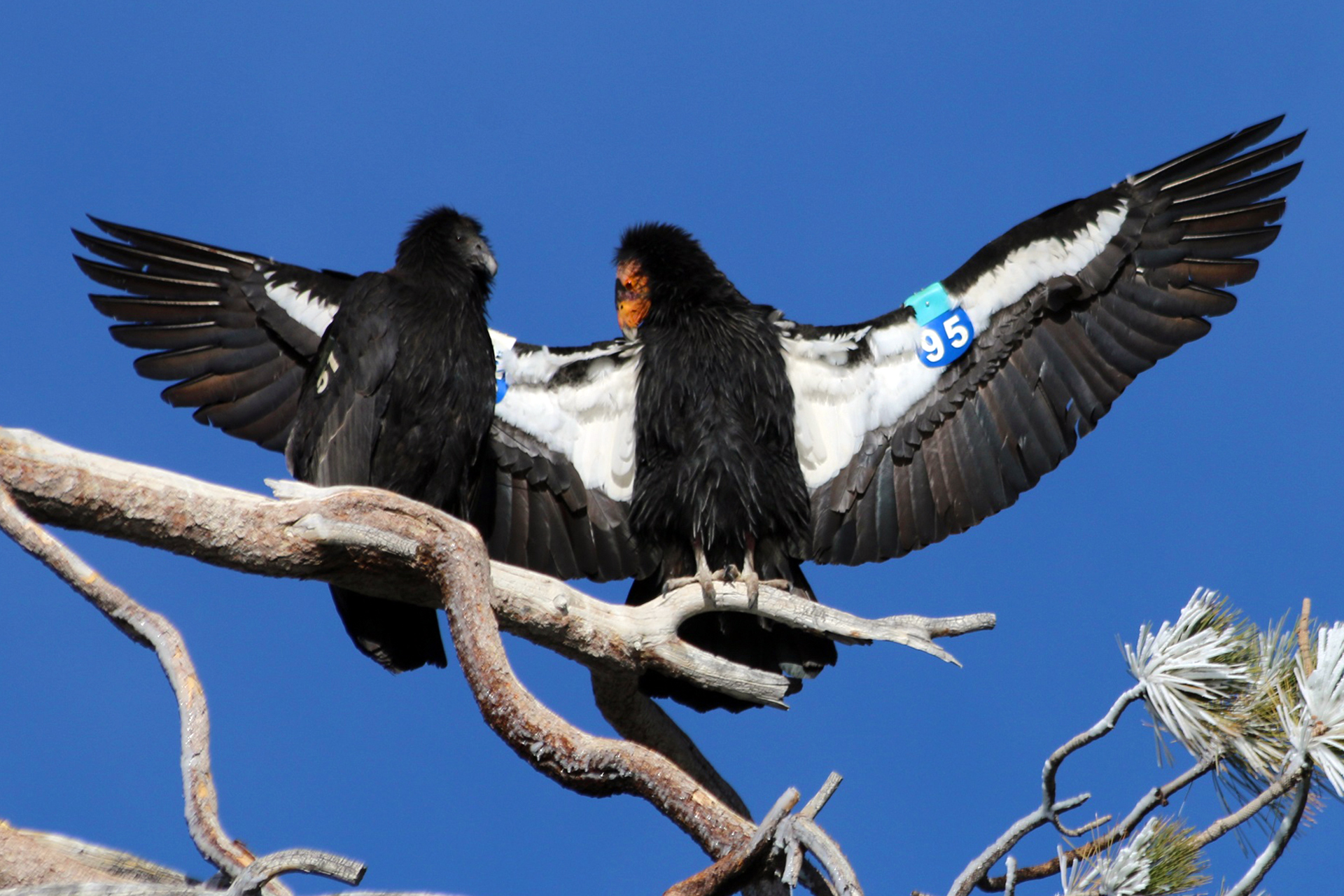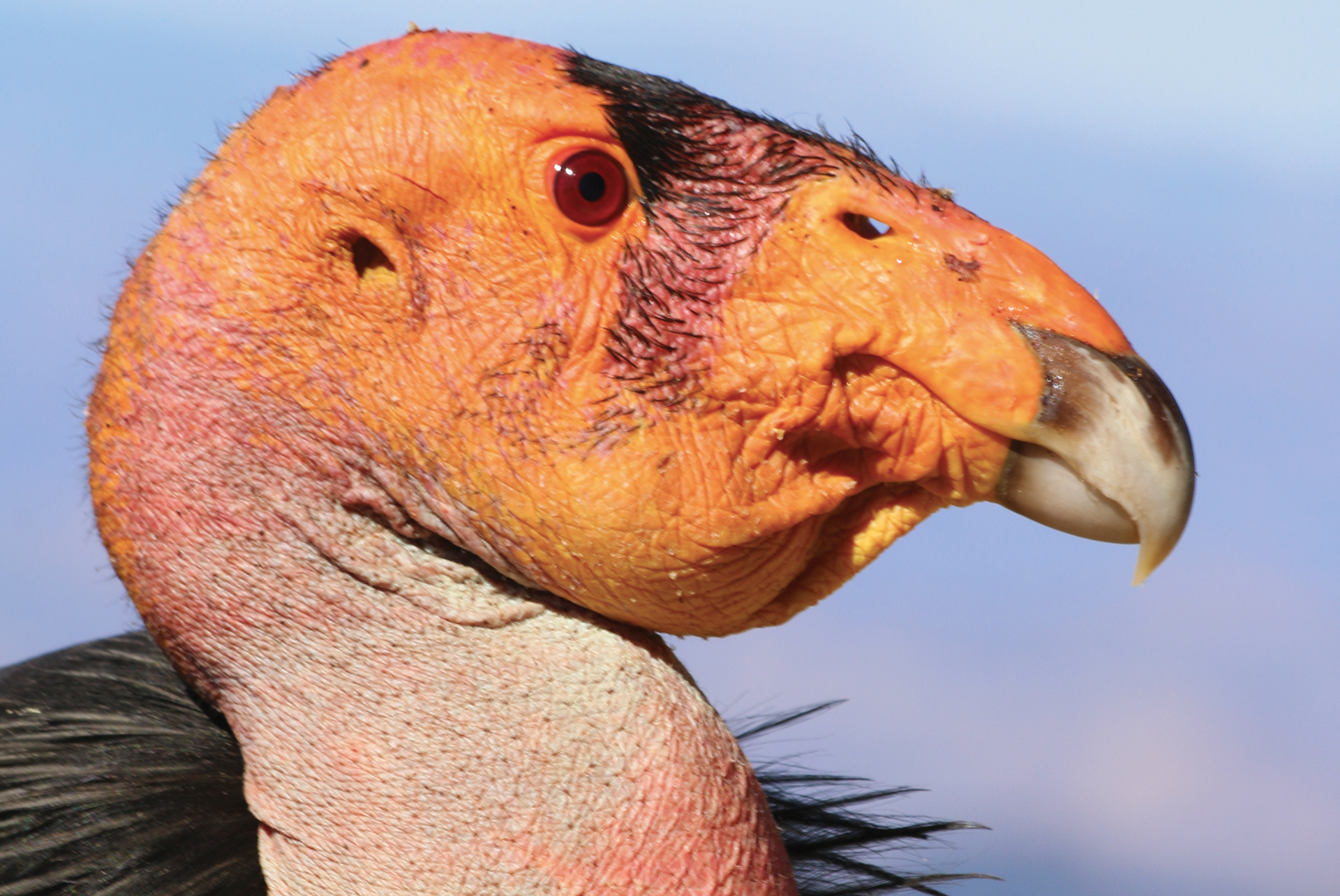CALIFORNIA CONDOR REINTRODUCTION PROGRAM
The shadow that crosses the forest
California condors are monogamous. After an egg has been laid, both parents take turns incubating the egg for approximately 57 days, and then both take care of the chick during the 6 months it takes it to leave the nest. After their first fledgeling flight, both parents will continue to care for and feed the chick for at least another year.
CALIFORNIA CONDOR REINTRODUCTION PROGRAM
In 1939, the California condor (Gymnogyps californianus), the largest flying bird in North America, was declared extinct in Mexico, mainly due to lead poisoning. With the loss of condors, came the loss of their main role within their ecosystem, that of aiding in the decomposition of dead animals and stopping the spread of diseases (including rabies) caused by the decay of the carrion they feed on.
In 2002, thanks to a binational effort with the United States, the California Condor Reintroduction Program began in the Sierra de San Pedro Mártir, Baja California, the birds’ natural habitat.
The first step was the release of 6 condors from the US. Now, after 15 years of constant work with the species and its habitat, today the condor population has grown to 40 individuals, 4 of whom were born in the wild.
Espacios Naturales y Desarrollo Sustentable has collaborated with this succesful project s since 2016. We still face many challenges ahead.




